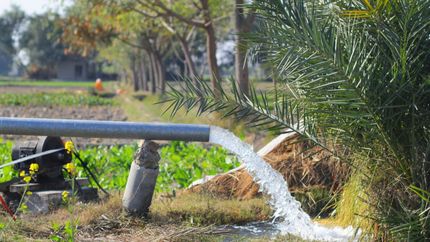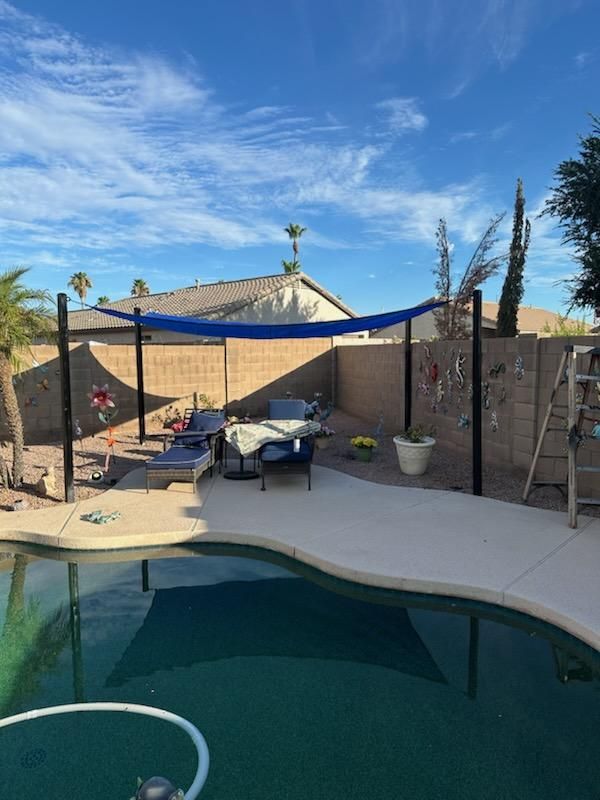Introduction
In our rapidly urbanizing world, the importance of community and shared spaces cannot be overstated. The phrase "Fostering Community Through Shared Green Spaces In Neighborhoods" encapsulates a movement that not only enhances the aesthetic beauty blossomandoak.com of our surroundings but also strengthens social ties among residents. As we increasingly seek solace in nature, it is imperative to recognize the role green spaces play in promoting community engagement, mental well-being, and environmental sustainability.
The allure of shared green spaces lies in their ability to unite individuals from diverse backgrounds. Whether it's a small park adorned with native flora or a sprawling community garden, these areas serve as vital hubs for interaction, collaboration, and creativity. In Queen Creek and other neighborhoods, landscaping plays a pivotal role in transforming these spaces into vibrant ecosystems that invite participation and foster relationships.
In this article, we will delve deep into various aspects of shared green spaces and their profound impact on communities. We will explore landscaping strategies employed by companies like Blossom & Oak Landscaping, discuss benefits to both individuals and neighborhoods, examine case studies from successful projects, and address frequently asked questions about creating and maintaining these essential spaces.

Understanding Shared Green Spaces
What Are Shared Green Spaces?
Shared green spaces refer to parks, gardens, playgrounds, or any landscaped area accessible to the public for recreation and relaxation. These spaces are intentionally designed to promote outdoor activities such as walking, picnicking, gardening, or simply enjoying nature.
Types of Shared Green Spaces
- Community Gardens: These are plots where residents can cultivate fruits, vegetables, or flowers together. Parks: Open areas with recreational facilities that cater to families and individuals. Trail Systems: Walking or biking trails that connect different parts of a neighborhood. Pocket Parks: Small parks integrated into urban settings providing a quick escape into nature.
The Role of Landscaping in Creating Inviting Spaces
Landscaping plays an integral role in how these spaces are perceived and utilized. Professional landscaping services like Blossom & Oak Landscaping focus on fostering biodiversity through plant selection while ensuring functionality. This involves:

Benefits of Shared Green Spaces
Enhancing Social Interaction
One of the most significant advantages of shared green spaces is their ability to bring people together. Neighbors who may not otherwise interact find common ground in these environments.
Creating Opportunities for Engagement
- Organized Events: Community gatherings such as farmers’ markets or movie nights can be held within these spaces. Volunteer Days: Residents can come together for clean-up drives or planting days which foster teamwork.
Promoting Physical Health
Access to green spaces encourages physical activity among residents. Regular exercise can lead to improved health outcomes among community members.
Physical Activities Encouraged by Green Spaces:
- Walking Jogging Biking Yoga classes
Fostering Mental Well-being
Nature has been shown to have calming effects on mental health. Spending time outdoors reduces stress levels and promotes psychological resilience.
How Nature Impacts Mental Health:
Reduces symptoms of anxiety and depression. Enhances mood through exposure to sunlight which increases Vitamin D levels. Provides tranquil environments for meditation and mindfulness practices.Designing Effective Shared Green Spaces
Key Design Principles for Successful Landscapes
When it comes to designing effective shared green spaces, certain principles should be considered:
Inclusivity: Ensure accessibility for all ages and abilities. Safety: Good visibility and lighting are crucial for making users feel secure. Community Input: Engaging local residents during the planning phase leads to more meaningful outcomes.
Landscaping Techniques That Enhance Community Engagement
Utilizing appropriate landscaping techniques can further enhance user experience:
1. Native Plant Selection
Native plants require less water and maintenance while supporting local wildlife.
2. Multi-functional Areas
Spaces should accommodate various activities—playgrounds for children alongside picnic areas for families.
3. Artistic Elements
Incorporating art installations or sculptures can spark conversation among visitors while beautifying the space.
Case Studies: Successful Shared Green Space Initiatives
Queen Creek Community Garden Project
This project transformed an under-utilized lot into a thriving garden where residents grow produce collectively while learning about sustainable gardening practices from experts at Blossom & Oak Landscaping.
Key Outcomes:
- Increased food security within the neighborhood. Strengthened bonds between diverse community members.
Central Park Revitalization Initiative
A once-neglected park underwent revitalization featuring enhanced landscaping designs focused on ecological restoration while promoting community events.
Key Outcomes:
- Increased foot traffic resulting in higher usage rates. A noticeable decline in crime-related incidents due to increased positive activity within the park.
FAQ Section
1. What is the best type of vegetation for shared green spaces?
Choosing native plants is ideal since they require less water and maintenance while attracting local wildlife.
2. How can I get involved in my community’s shared green space?
Participate in local meetings regarding planning initiatives or volunteer during clean-up events hosted by organizations like Blossom & Oak Landscaping.
3. Are there any grants available for creating community gardens?
Yes! Many non-profits offer funding opportunities specifically aimed at supporting urban agriculture initiatives; check with local agricultural extension offices for details.
4. How do shared green spaces impact property values?
Studies show that homes near well-maintained parks often have higher property values due to amenities offered by proximity to nature-filled environments.
5. What maintenance is required for shared green spaces?
Regular upkeep includes trimming plants back seasonally as well as ensuring trash collection occurs frequently enough so visitors enjoy clean environments year-round!
6. Can I propose new features for my neighborhood’s existing park?
Absolutely! Reach out through your town council or neighborhood association expressing ideas; public input helps shape future improvements greatly!
Conclusion
As we reflect on the concept of "Fostering Community Through Shared Green Spaces In Neighborhoods," it's evident that these areas hold immense potential beyond mere aesthetics—they're platforms where connections thrive! By investing time into thoughtful landscaping efforts like those spearheaded by professionals at Blossom & Oak Landscaping, we create inviting havens conducive towards building relationships amongst residents while enhancing overall well-being within our communities overall—a win-win situation!
In essence: let’s embrace this opportunity wholeheartedly; after all—what better way could exist than cultivating friendships amidst blooming flowers?
